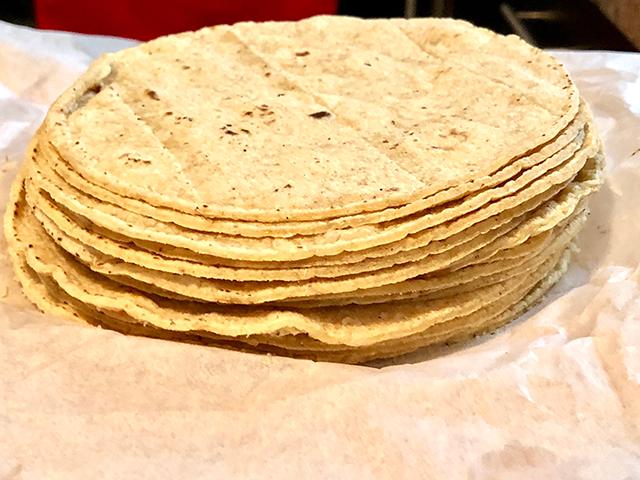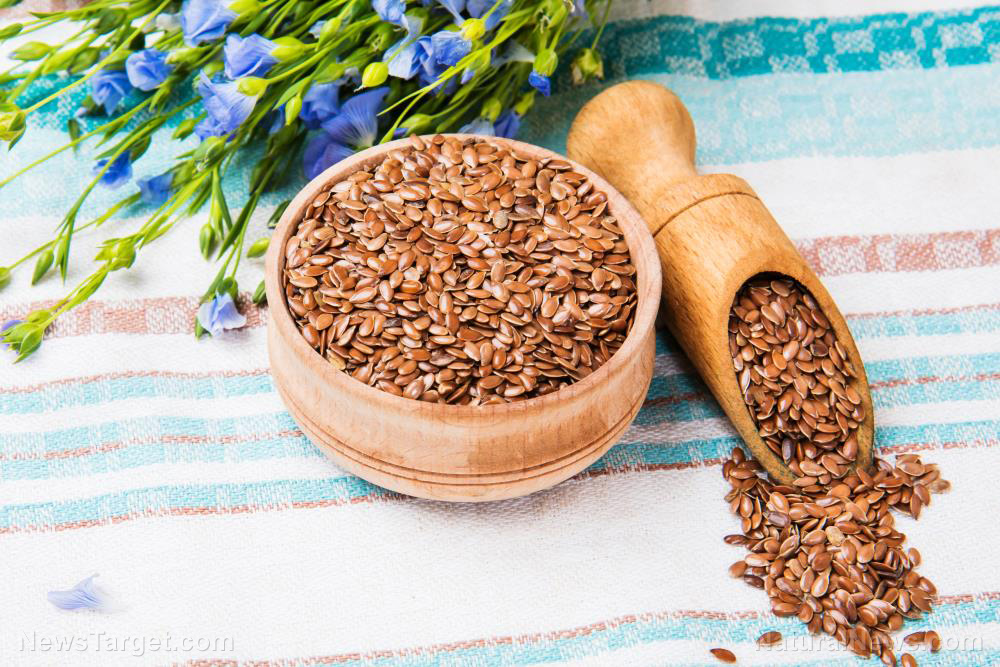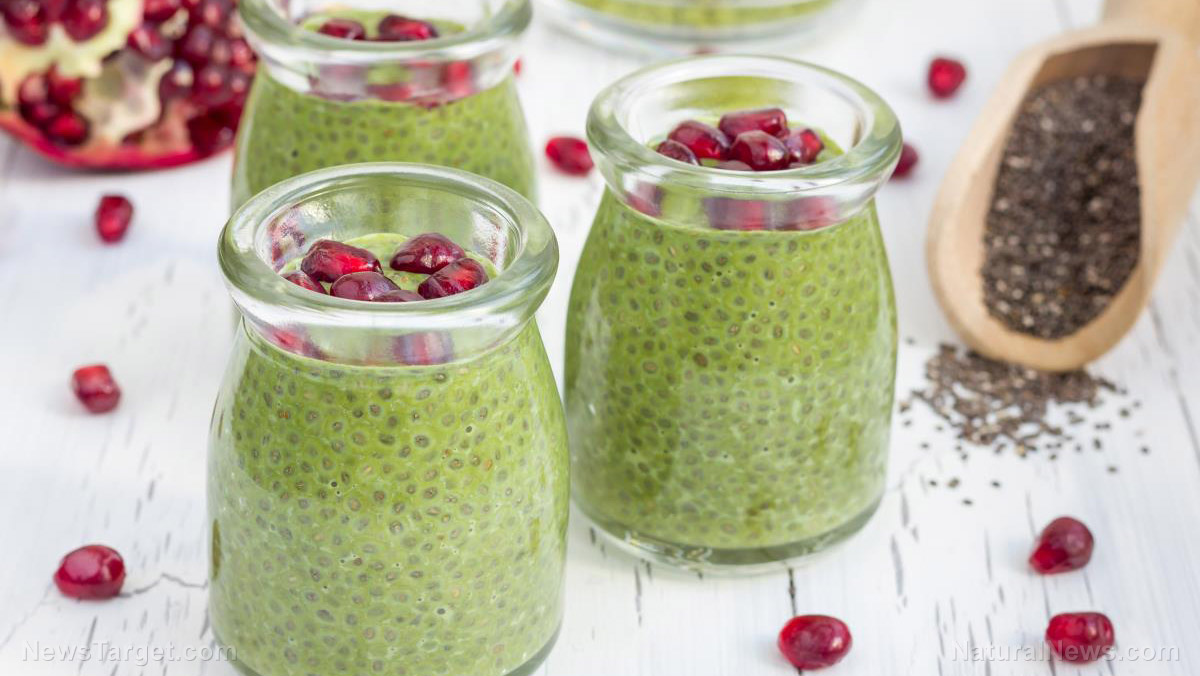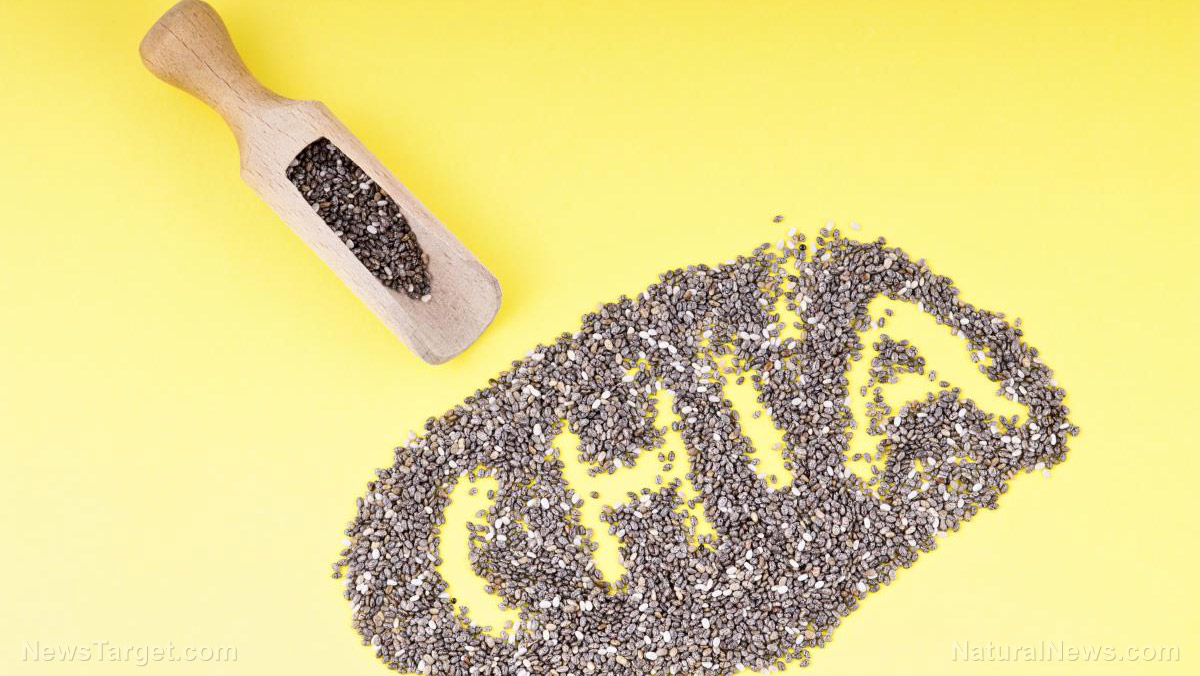
Maize is rich in calories, but it lacks lysine and trytophan. It also lacks micronutrients like iron, zinc, and various important vitamins.
The combination of poverty and burgeoning population forced many Mexicans to adopt less healthy diets that rely on tortillas. To fix this, maize dough was fortified with flours from more nutritious crops.
Jatropha curcas is a widespread plant that originated in Central America. Its seeds are rich in protein and oil that are used for biofuels. (Related: Adding ginger powder to wheat pasta found to boost nutrition.)
The production process leaves behind cake residues that retain more than half of its protein. The cake from the nontoxic ecotype is safe for use by humans and is easily digested.
Furthermore, J. curcas meal contains all the essential amino acids except for lysine. Its amino acid levels are close to the Food and Agriculture Organization (FAO)/ World Health Organization (WHO) requirements.
Earlier studies have looked at soybean and amaranth flours to fortify maize flour and improve the protein content and quality of tortillas. But there are no earlier studies about the use of J. curcas flour in fortified foods.
Jatropha curcas flour improves most characteristics of maize flour
The researchers acquired the seeds of nontoxic Jatropha curcas plants, milled them into flour, and removed the oil through a defattening process. The maize flour was a commercial brand. The two flours were mixed with J. curcas flour constituting five percent, 10 percent, 15 percent, or 20 percent of the total amount. Pure maize flour was set aside as a control.
The research team measured the protein, ash, moisture, and fiber in all flours and tortillas. The team also analyzed the dough textures and the quality, characteristics, color, and taste of the tortillas.
They reported that maize flour contained more moisture than either J. curcas flours. The former also had far fewer proteins, especially when compared to defatted J. curcas flour.
Fortified tortillas have slightly more lipids than pure maize ones, looked smoother, and lasted longer. Defatted J. curcas meal contained high levels of ash rich in minerals like calcium, phosphorus, and iron.
The dough made from the different flour mixtures showed altered properties. Adding J. curcas flour made the dough softer, less sticky, and stretchier.
The higher protein levels may have increased moisture content. However, the levels are acceptable and in the same range as tortillas fortified with white beans in earlier studies.
Adding J. curcas flour makes tortillas healthier without changing taste, looks
The mixture with 20 percent J. curcas flour showed the best protein increase. It matched mixtures with four percent soybean or five-20 percent whole chia seeds. Increases in ash and minerals are comparable to 20 percent amaranth flour.
Fiber went down with defatted J. curcas. However, it still matched mixtures with four percent soybean flour. The researchers concluded that the best percentage for boosting the nutritional value of tortillas is 20 percent.
Tortillas made from flour with 15 percent J. curcas flour are softer, easier to roll, inflate less, and break more often. While amaranth and bean flour-fortified tortillas have darker colors, J. curcas flour tortillas are only slightly more yellow.
People who inspected and tasted the tortillas could barely tell the difference between fortified ones and pure maize ones. They looked at the color and smell and didn't notice any change in taste.
In sum, fortifying maize flour with nontoxic Jatropha curcas flour made the tortillas much healthier while barely affecting the food's appearance or taste.
Sources include:
PDFs.SemanticScholar.org [PDF]
Please contact us for more information.























